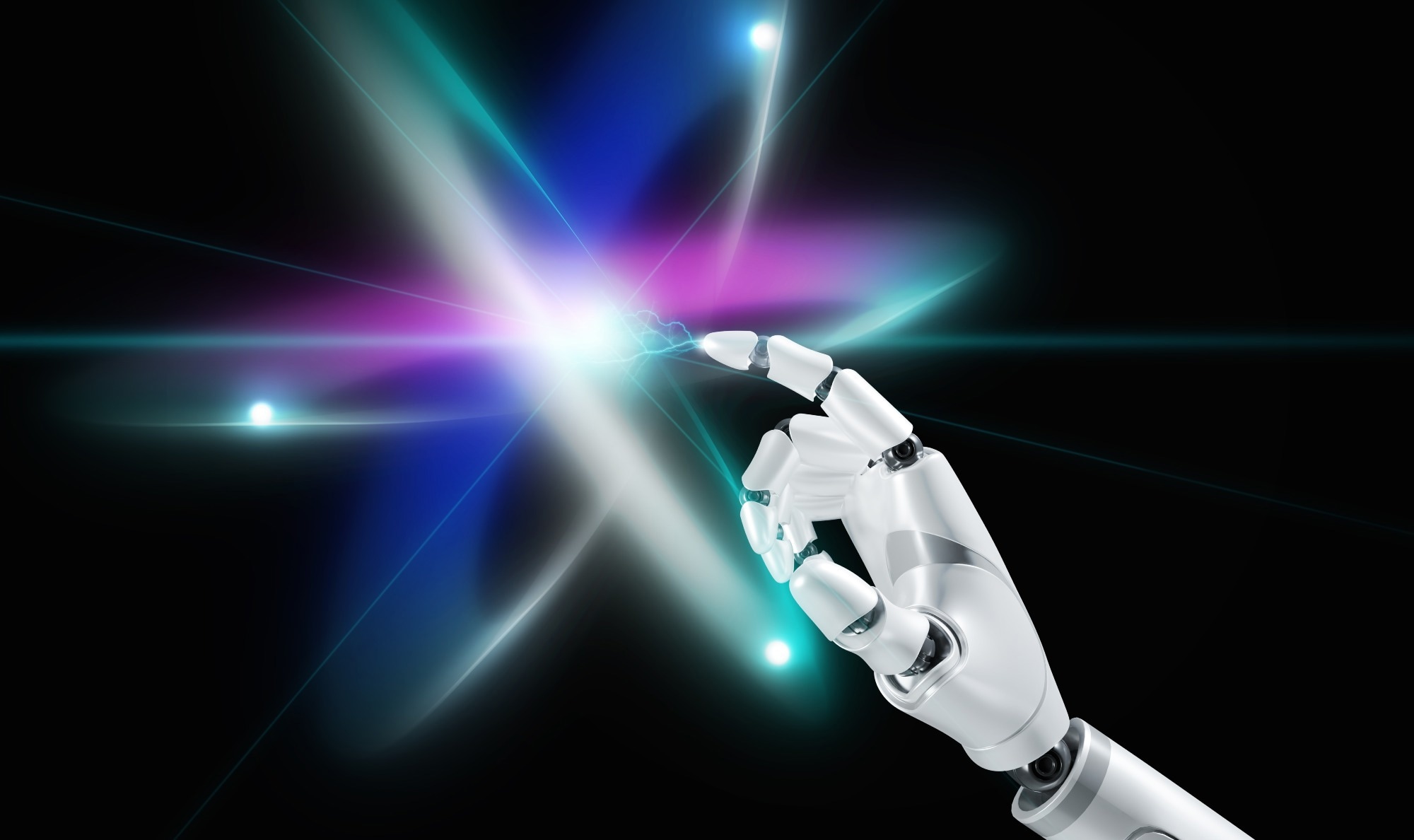Artificial intelligence (AI) has rapidly advanced in recent years, raising questions about its impact on education. In the field of physics education, AI language models like ChatGPT have shown remarkable progress in generating human-like responses.
A case study evaluated ChatGPT's ability to engage in physics dialogue and found that it passed an introductory physics course but with many misconceptions and errors commonly observed in beginning learners. ChatGPT's reliance on plugging numbers into formulas and difficulty simplifying symbolic math equations were noted as its limitations. The study emphasized the importance of human expertise in physics education.
Another study focused on ChatGPT's performance in solving physics homework problems. ChatGPT successfully solved 55% of the issues but struggled with numerical errors and formula manipulation. Its performance varied depending on the mathematics involved, particularly struggling with formulas containing square roots. ChatGPT's pattern of constant guessing without reflection after making a mistake posed a challenge in assessments.
 Study: Unleashing the Power of AI: Exploring its Role in Physics Education and Embracing Human Expertise. Image Credit: Ole.CNX /Shutterstock
Study: Unleashing the Power of AI: Exploring its Role in Physics Education and Embracing Human Expertise. Image Credit: Ole.CNX /Shutterstock
Implications for physics education
While ChatGPT's potential impact on cheating in physics courses appears minimal, the availability of extensive online problem libraries raises concerns. The limitations of ChatGPT's knowledge, which is confined to its pretraining, highlight the importance of human educators in facilitating learning beyond the model's capabilities. ChatGPT's performance in problem-solving scenarios and clicker questions demonstrated promising capabilities but also revealed areas for improvement.
Addressing challenges and embracing AI
Integrating AI into physics education requires addressing challenges such as internet access during exams and the evolving nature of cheating methods. Traditional paper-and-pencil exams contradict research emphasizing formative assessments and real-world skills. Instead of perceiving AI as a threat, educators can view it as an opportunity to reimagine the curriculum and create assessments that leverage AI's strengths while testing critical thinking and analysis.
Effective assessment strategies
Designing assessments that involve students posing problems to AI models like ChatGPT and evaluating the responses can develop critical thinking skills. Graphical interpretation questions, order of magnitude and Fermi questions, real-life applications, and data analysis assignments can evaluate students' abilities to interpret visuals, estimate, make informed judgments, and apply knowledge.
Student involvement and problem construction
Engaging students in problem construction with AI models challenges them to assess the solvability of generated problems and enhances their understanding of physics concepts. This approach encourages student involvement and collaboration while utilizing AI as a tool for learning.
Expanding the role of AI in physics education
In addition to assessments, AI can play a valuable role in other aspects of physics education. AI-powered virtual assistants can provide personalized feedback, assist in conceptual explanations, and offer additional resources to support student learning. Virtual simulations and laboratories powered by AI can enhance hands-on experimentation and enable students to explore complex phenomena in a controlled environment.
Ethical considerations and human expertise
As AI becomes more integrated into physics education, ethical considerations arise. Ensuring transparency and accountability in using AI models, especially in assessments is crucial. Human expertise remains vital in guiding students, providing context, and nurturing critical thinking skills. Educators should emphasize the role of AI as a tool that complements and enhances learning, rather than a replacement for human interaction.
Preparing students and teachers for an AI-driven future
As AI continues to evolve, preparing students for an AI-driven future is essential. Alongside mastering physics concepts, students should develop skills such as data analysis, algorithmic thinking, and ethical considerations related to AI. Integrating AI into the physics curriculum can foster interdisciplinary learning, connecting physics with computer science, mathematics, and ethics.
To effectively leverage AI in physics education, teachers need professional development opportunities to enhance their understanding of AI technologies and their applications in the classroom. Training programs can help teachers develop strategies for integrating AI tools, designing AI-enhanced assessments, and promoting meaningful student engagement.
Collaboration between educators, AI researchers, and policymakers is crucial to ensure the responsible and effective integration of AI in physics education. Ongoing research is needed to refine AI models, address their limitations, and explore innovative ways to leverage AI in teaching and learning.
Conclusion
To summarize, AI language models like ChatGPT have demonstrated promising capabilities in physics education, but their integration comes with challenges and limitations. While AI can enhance assessments, provide personalized feedback, and support hands-on experimentation, it cannot replace the expertise and guidance of human educators. Striking a balance between AI and human interaction is crucial to foster genuine understanding, critical thinking, and problem-solving skills in physics education.
By addressing challenges, embracing AI as a tool, and designing effective assessment strategies, educators can prepare students for an AI-driven future while nurturing their curiosity, creativity, and analytical abilities. Through thoughtful and ethical integration of AI, we can create engaging and inclusive learning environments that empower students to become active learners and contributors in the ever-evolving world of physics and technology.
Journal reference:
- Gerd Kortemeyer (2023) Could an artificial-intelligence agent pass an introductory physics course? Phys. Rev. Phys. Educ. Res. 19.
https://doi.org/10.1103/PhysRevPhysEducRes.19.010132,
https://journals.aps.org/prper/abstract/10.1103/PhysRevPhysEducRes.19.010132#fulltext